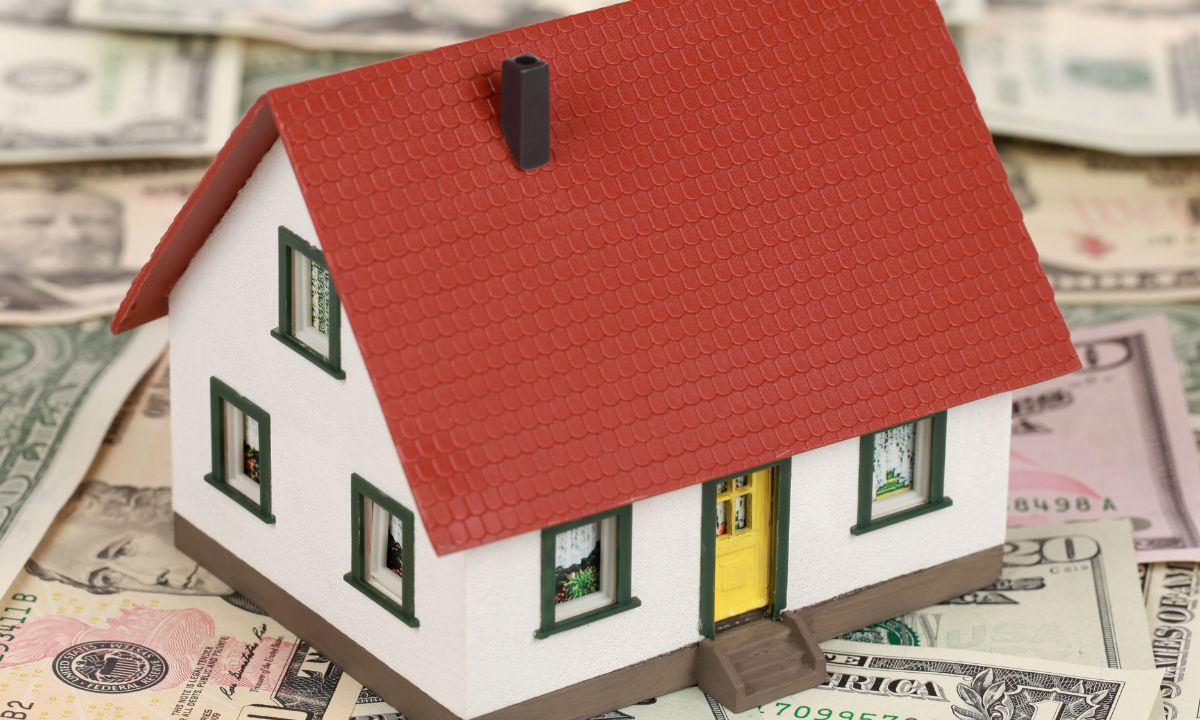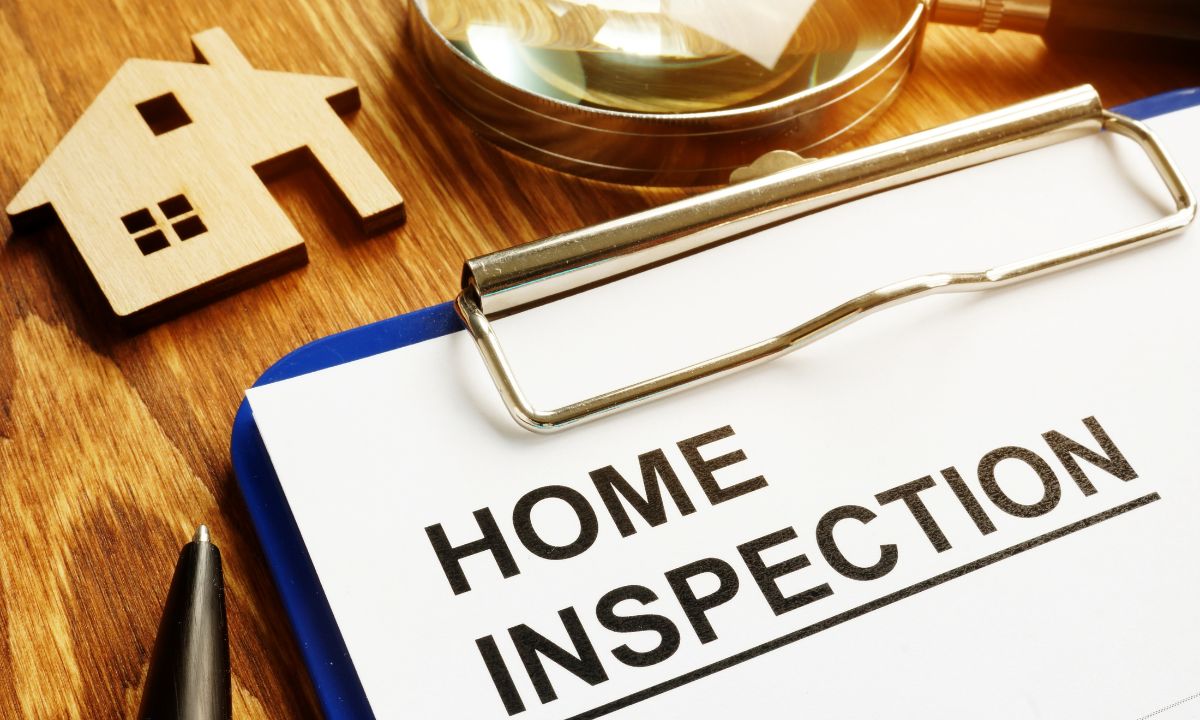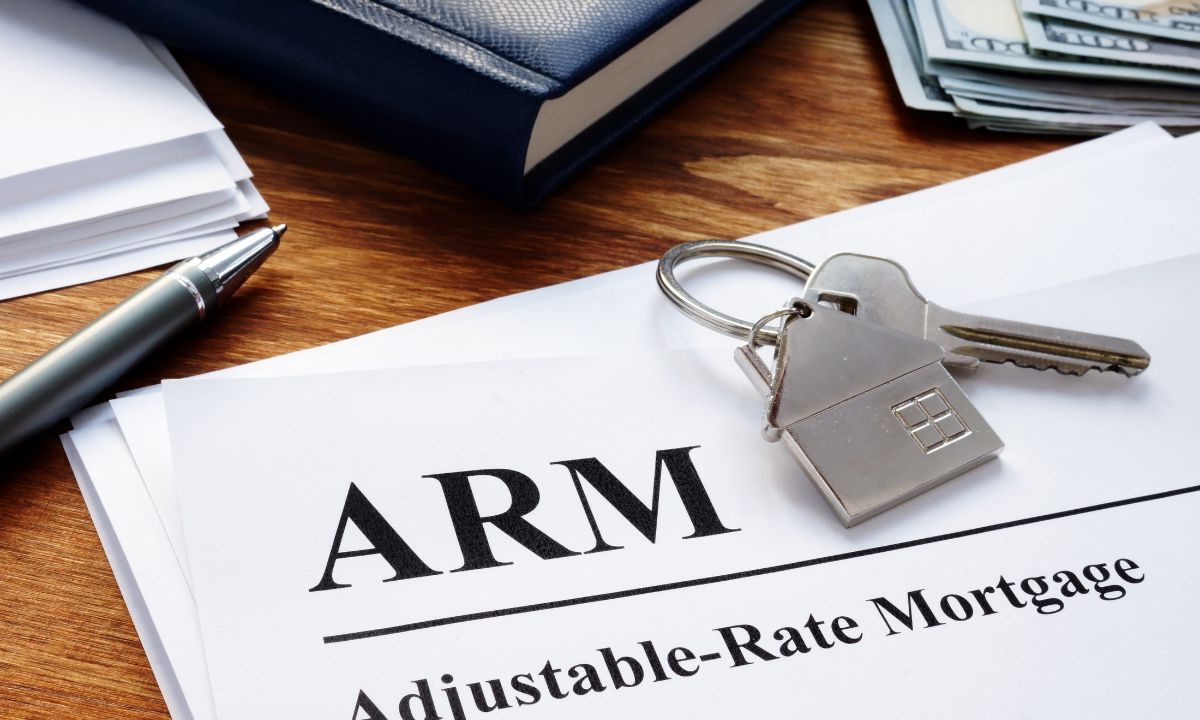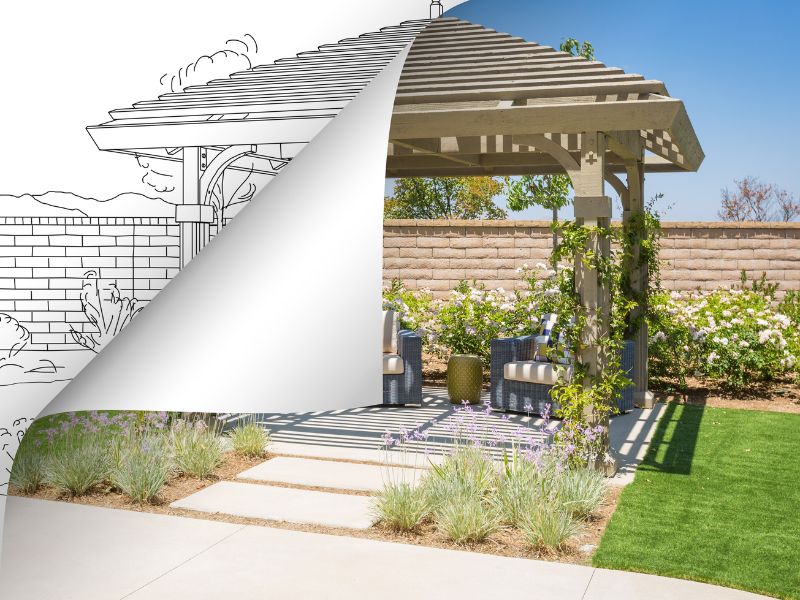
Last week’s inflation data came in at a higher rate than expected, with Price Producer Index (PPI) numbers showing more than double the expected inflation gain.
With both CPI and PPI being over the target, the steadfast certainty that the Federal Reserve will cut rates has now taken a step back, resulting in more tamed expectations for the near future.
With a mixed response from lending partners, this may end up rapidly changing in the next round of discussions with the Federal Reserve’s Chairman Jerome Powell this coming week, as well as a final rate decision.
Consumer Price Index
Consumer prices matched the biggest increase in February in five months, leaving the yearly rate of inflation above 3% a week before the Federal Reserve meets again to consider when to cut interest rates. The consumer price index climbed 0.4% last month, the government said, largely because of higher gas prices and housing costs. It was the largest increase since last September.
Price Producer Index
The biggest increase in wholesale costs since last summer is the latest in a string of readings that suggest inflation might not slow quickly toward the Federal Reserve’s 2% goal. The producer-price index jumped 0.6% in February, the government said Thursday. The increase matched the largest gain since last August. This was double the expected 0.3% projections.
Primary Mortgage Market Survey Index
• 15-Yr FRM rates saw a decrease by -0.06% with the current rate at 6.16%
• 30-Yr FRM rates saw a decrease by -0.14% with the current rate at 6.74%
MND Rate Index
• 30-Yr FHA rates are seeing a +0.22% increase for this week. Current rates at 6.60%
• 30-Yr VA rates are seeing a +0.22% increase for this week. Current rates at 6.62%
Jobless Claims
Initial Claims were reported to be 209,000 compared to the expected claims of 218,000. The prior week landed at 210,000.
What’s Ahead
The Federal Reserve Rate Decision will be the most important aspect of this coming week, as well as talks with other Federal Reserve board members — as whether there is a rate cut or not will help decide where many markets will be headed for the next quarter.
 Many homeowners seek to enhance their living spaces while adding value to their properties. However, numerous home improvement initiatives often come with exorbitant price tags, reaching six figures for extensive renovation projects. Nonetheless, there exist cost-effective alternatives that homeowners can explore.
Many homeowners seek to enhance their living spaces while adding value to their properties. However, numerous home improvement initiatives often come with exorbitant price tags, reaching six figures for extensive renovation projects. Nonetheless, there exist cost-effective alternatives that homeowners can explore. Are you tired of pouring your hard-earned money into rent payments every month, only to see it vanish into thin air? Have you ever considered that homeownership might be the key to escaping the rent trap and building wealth for your future? We will explore how homeownership can be a powerful wealth-building tool compared to renting.
Are you tired of pouring your hard-earned money into rent payments every month, only to see it vanish into thin air? Have you ever considered that homeownership might be the key to escaping the rent trap and building wealth for your future? We will explore how homeownership can be a powerful wealth-building tool compared to renting. In recent years, the concept of sustainable living has gained significant traction, with more individuals and families seeking ways to reduce their carbon footprint and contribute positively to the environment. One avenue that has emerged to support this trend is the concept of green mortgages. These innovative financial products not only promote sustainable homeownership but also facilitate environmentally friendly upgrades to existing properties. Let’s dive deeper into how green mortgages are shaping the landscape of sustainable housing.
In recent years, the concept of sustainable living has gained significant traction, with more individuals and families seeking ways to reduce their carbon footprint and contribute positively to the environment. One avenue that has emerged to support this trend is the concept of green mortgages. These innovative financial products not only promote sustainable homeownership but also facilitate environmentally friendly upgrades to existing properties. Let’s dive deeper into how green mortgages are shaping the landscape of sustainable housing. Environmental consciousness is increasingly becoming a priority, and the construction industry stands at the forefront of sustainable innovation. One avenue gaining traction is the use of construction loans to incorporate green building practices, particularly in the construction of sustainable homes. These loans offer an opportunity not only to build structurally sound residences but also to minimize environmental impact and promote long-term sustainability.
Environmental consciousness is increasingly becoming a priority, and the construction industry stands at the forefront of sustainable innovation. One avenue gaining traction is the use of construction loans to incorporate green building practices, particularly in the construction of sustainable homes. These loans offer an opportunity not only to build structurally sound residences but also to minimize environmental impact and promote long-term sustainability.
 Embarking on the journey to homeownership is an exciting venture, but it comes with its share of responsibilities. One crucial step in the process is a comprehensive home inspection. To ensure your dream home doesn’t turn into a nightmare, we’ve compiled the ultimate home inspection checklist. Armed with this guide, you’ll be equipped to make informed decisions, identify potential issues, and negotiate confidently before sealing the deal.
Embarking on the journey to homeownership is an exciting venture, but it comes with its share of responsibilities. One crucial step in the process is a comprehensive home inspection. To ensure your dream home doesn’t turn into a nightmare, we’ve compiled the ultimate home inspection checklist. Armed with this guide, you’ll be equipped to make informed decisions, identify potential issues, and negotiate confidently before sealing the deal. Buying your first home is an exciting milestone, but it can also be an overwhelming process, especially when it comes to understanding mortgages. For many first-time homebuyers, the world of mortgages can seem complex and filled with unfamiliar terminology. However, with a little knowledge and guidance, navigating the mortgage process can become much more manageable. In this guide, we’ll break down the basics of mortgages, explain key terms, explore different types of mortgages, and outline the application process for beginners.
Buying your first home is an exciting milestone, but it can also be an overwhelming process, especially when it comes to understanding mortgages. For many first-time homebuyers, the world of mortgages can seem complex and filled with unfamiliar terminology. However, with a little knowledge and guidance, navigating the mortgage process can become much more manageable. In this guide, we’ll break down the basics of mortgages, explain key terms, explore different types of mortgages, and outline the application process for beginners. Which is better — a fixed-rate mortgage or an adjustable-rate mortgage (ARM)? It’s a common question among home buyers and refinancing households. The answer? It depends.
Which is better — a fixed-rate mortgage or an adjustable-rate mortgage (ARM)? It’s a common question among home buyers and refinancing households. The answer? It depends. Fix-and-flip projects can be lucrative endeavors for real estate investors, but they often require a significant upfront investment. One key financial tool that savvy investors use to fund these projects is a construction loan. We will examine how you can leverage construction loans to maximize your profits in the fix-and-flip game.
Fix-and-flip projects can be lucrative endeavors for real estate investors, but they often require a significant upfront investment. One key financial tool that savvy investors use to fund these projects is a construction loan. We will examine how you can leverage construction loans to maximize your profits in the fix-and-flip game.